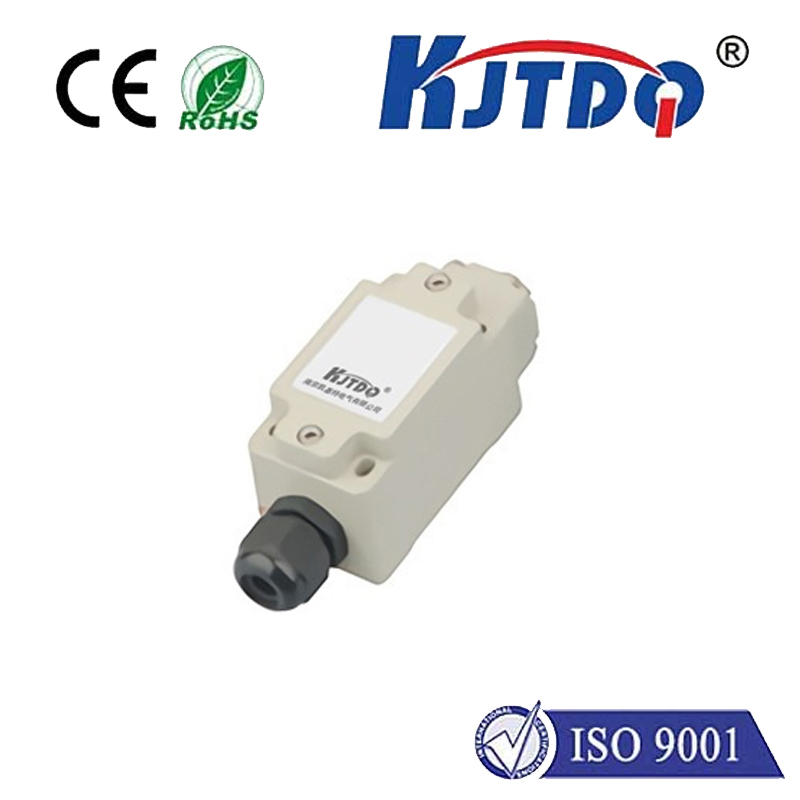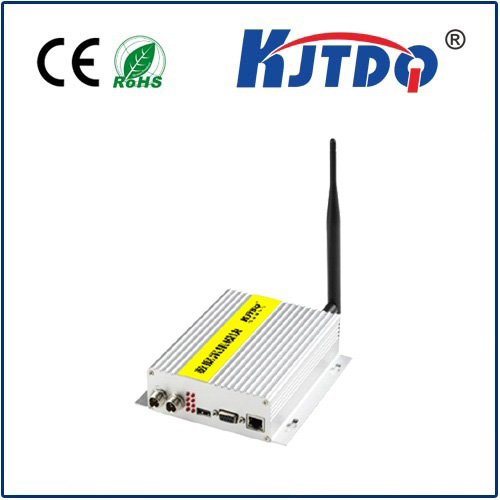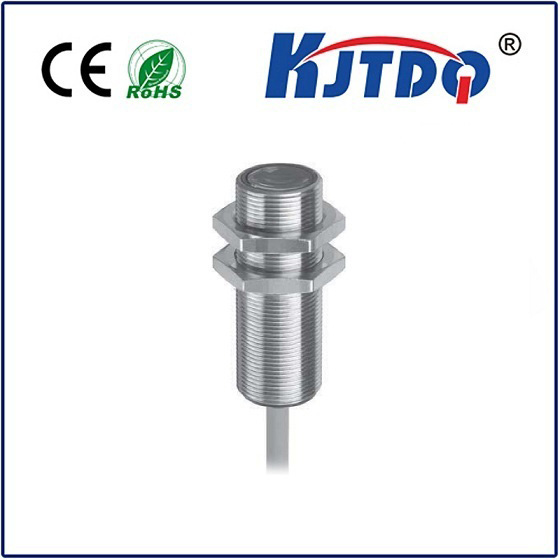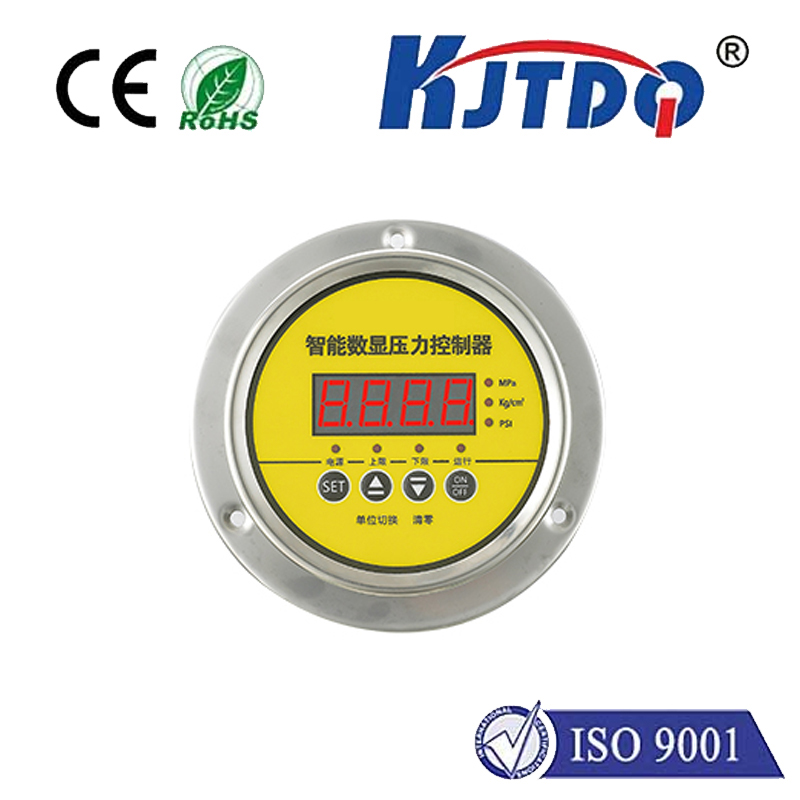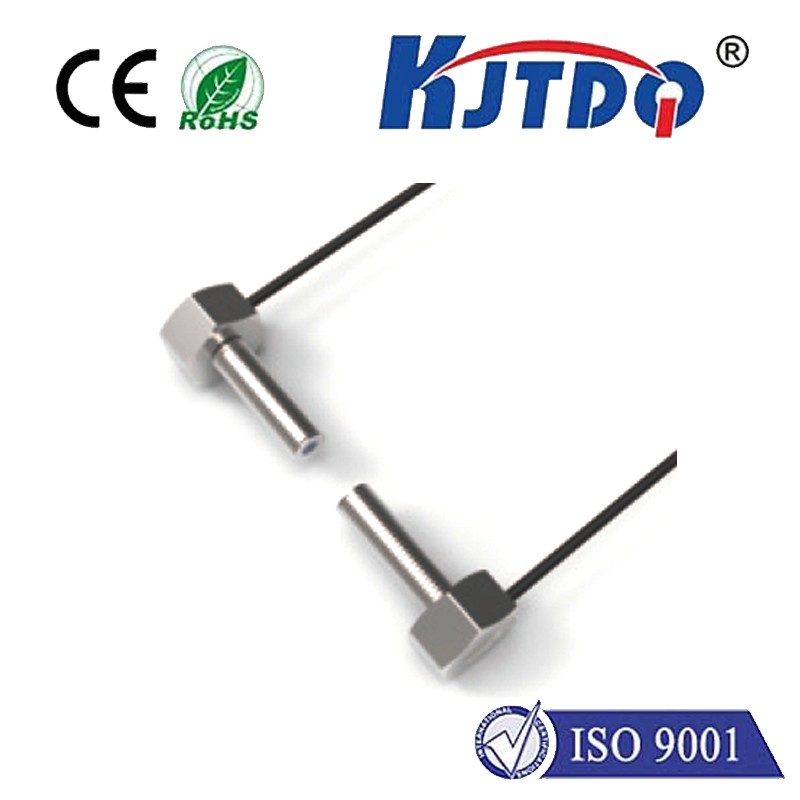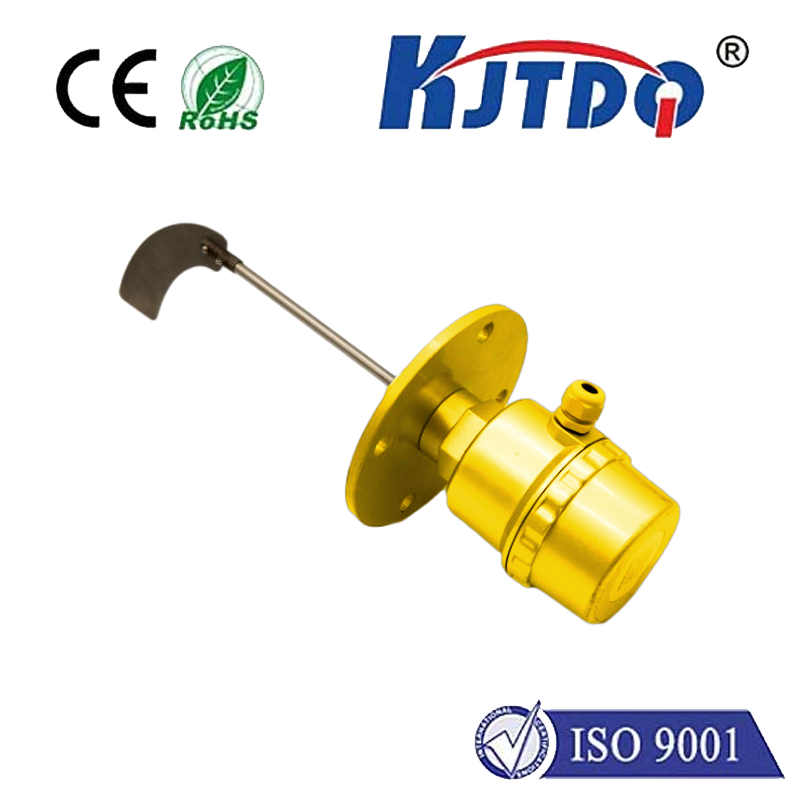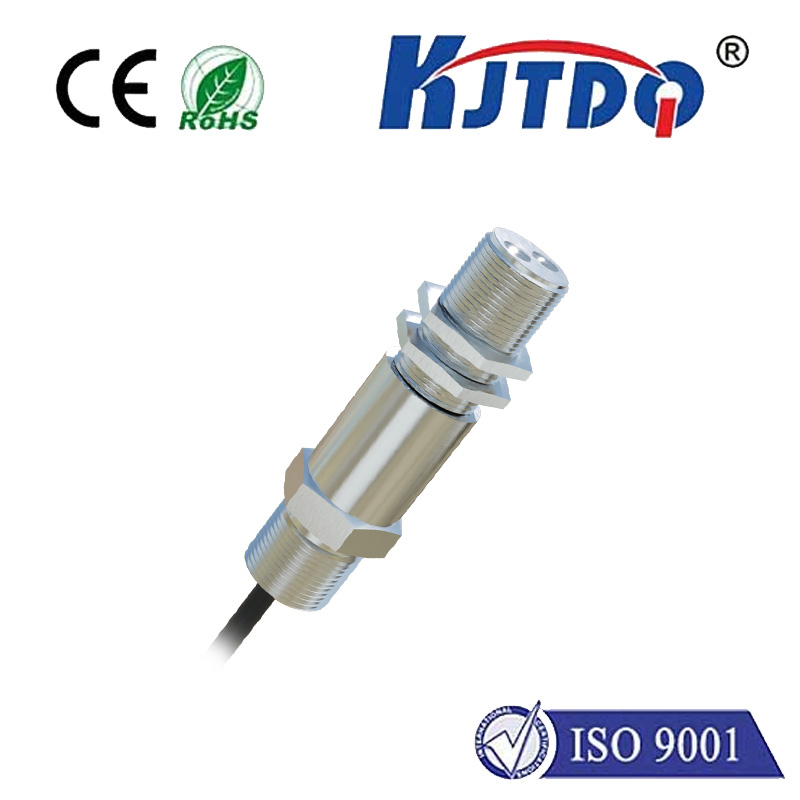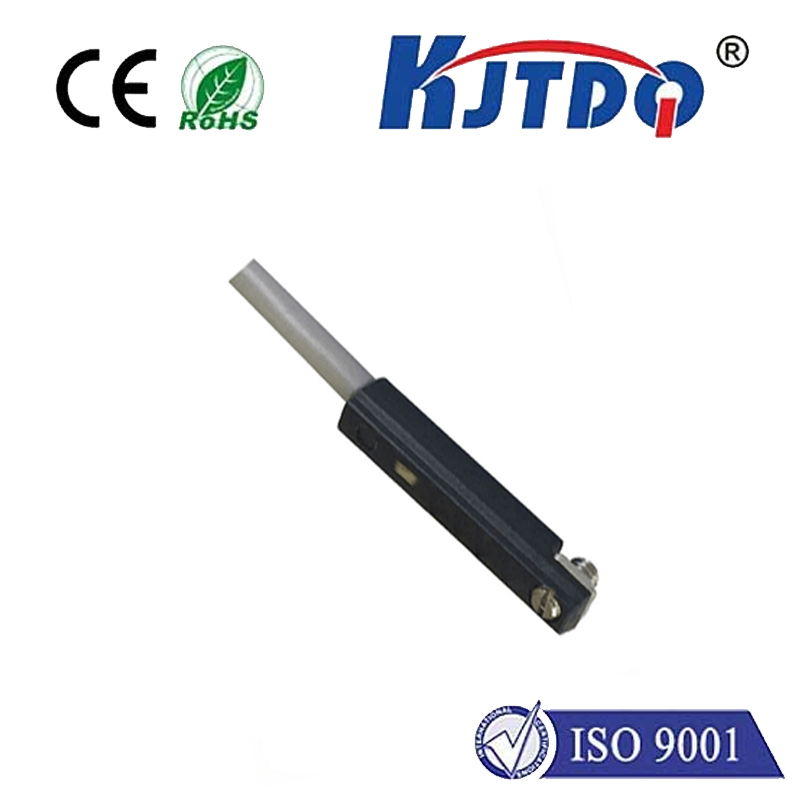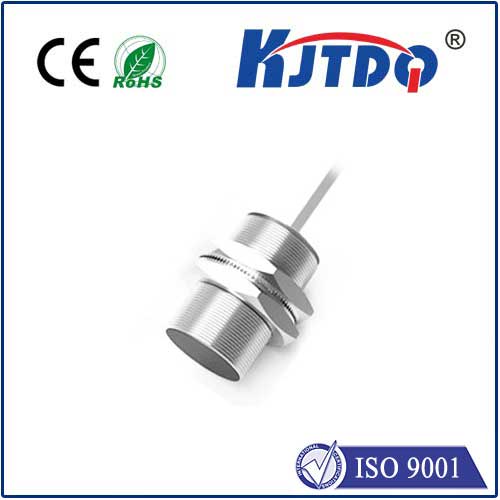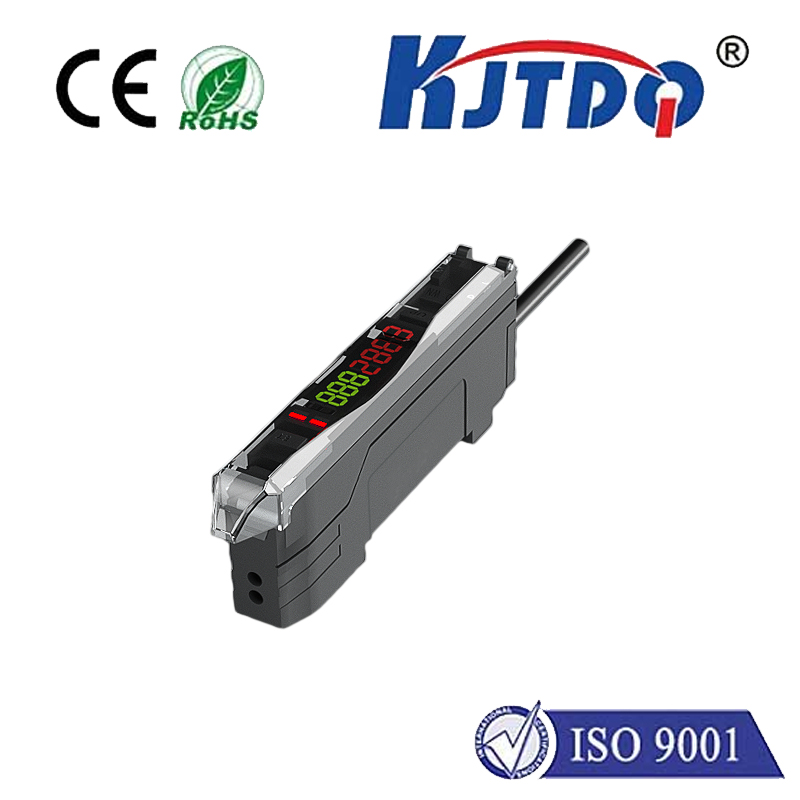

check

check

check

check
In today’s fast-paced industrial landscape, milliseconds count when it comes to operational efficiency. Imagine machinery that anticipates movement without contact, reducing costly downtime and boosting safety—this is the magic of proximity sensors. Among these, the BES03EJ proximity sensor stands out as a game-changer, offering unparalleled accuracy for demanding environments. As automation surges across sectors, innovations like the BES03EJ are redefining how machines interact, making it a must-know tool for engineers and tech enthusiasts alike. Let’s dive into its world and uncover why it’s becoming an industry favorite.
Proximity sensors, in general, are non-contact devices that detect the presence or absence of nearby objects using electromagnetic fields or optical signals. Unlike mechanical switches, they operate silently and wear-free, ideal for applications requiring high cycles and minimal maintenance. The inductive principle forms the core of many modern sensors, where a coil generates an oscillating field; when a metallic object enters it, the field shifts, triggering an output signal. This technology eliminates physical wear, ensuring long-term reliability in harsh settings like factories or robotics. For instance, in conveyor systems, proximity sensors prevent jams by sensing object positions—a small feat that amplifies productivity exponentially. However, not all sensors are created equal, and that’s where the BES03EJ model elevates the standard with its refined design and robust capabilities.

Introducing the BES03EJ proximity sensor, a compact yet powerful unit engineered for consistent performance in extreme conditions. Designed with a rugged IP67-rated housing, it withstands dust, moisture, and vibrations, making it perfect for outdoor or heavy-duty applications. Its narrow sensing range of 3-15 mm delivers pinpoint accuracy, ensuring objects are detected with minimal false triggers—critical in precision tasks. The sensor operates on a standard 10-30V DC supply, aligning with global voltage norms for easy retrofitting into existing setups. Key specifications include a high switching frequency of up to 1 kHz, enabling rapid response times for dynamic processes. Plus, its encased structure prevents electromagnetic interference, a common headache in crowded machine lines. Unlike generic alternatives, the BES03EJ incorporates solid-state electronics, which eliminate moving parts for near-zero failure rates. This smart integration translates to less downtime, saving businesses thousands in operational costs annually.
Under the hood, the BES03EJ’s working principle leverages advanced inductive sensing technology. When powered, its oscillator coil produces a low-energy field. As a ferrous or non-ferrous metal object approaches, eddy currents disrupt the field, altering the oscillation amplitude. This change is instantly processed by an internal circuit, activating a digital output signal—either PNP or NPN types, depending on configuration—to indicate detection. What sets it apart is the adaptive hysteresis feature, which fine-tunes sensitivity to ignore background noise, like minor vibrations or ambient fields. For example, in robotic welding, this ensures welders accurately position parts without misfires, enhancing both speed and quality. Its fail-safe mode adds another layer of reliability, defaulting to a safe state during power fluctuations. Such intelligence makes the BES03EJ not just a sensor, but a silent guardian in automated workflows.
Applications of the BES03EJ span diverse industries, proving its versatility and impact. In automotive manufacturing, it monitors assembly line components, verifying placements on moving belts to prevent errors—boosting output by over 20% in some cases. Packaging plants rely on it for bottle cap detection, where its quick-response design ensures seamless sealing without halting production. Food processing leverages its hygienic build to sense containers in sterile zones, adhering to safety regulations. Even in renewable energy, such as wind turbines, it safeguards gearboxes by detecting subtle movements before faults occur. Beyond industry, consumer goods like elevators use it for door position sensing, ensuring smooth, safe operations. As noted by automation experts, integrating the BES03EJ proximity sensor into IoT setups amplifies its value, enabling real-time data feeds for predictive maintenance—slashing repair times dramatically. This adaptability underscores why it’s a staple in sectors demanding precision and durability.
Several advantages make the BES03EJ a superior choice against compes. Firstly, its energy efficiency reduces power consumption by 30% compared to older models, cutting operational costs in high-usage scenarios. Secondly, the compact form factor allows installation in tight spaces where bulkier sensors falter, enhancing flexibility. Thirdly, calibration-free operation simplifies setup; users can mount and run it without tedious adjustments, a boon for busy technicians. Reliability-wise, its MTBF (Mean Time Between Failures) exceeds 100,000 hours, backed by industry certifications like CE and RoHS. For instance, replacing legacy sensors with the BES03EJ in a warehouse sorting system often yields a 15% efficiency gain, proving cost-effective in long runs. However, it’s not without limits—non-metallic objects require complementary sensors, which designers must account for in hybrid systems. Overall, its blend of innovation and practicality positions the BES03EJ as a future-proof investment.
Maintenance and optimization tips extend the BES03EJ’s lifespan significantly. Regular cleaning of the sensing face prevents debris buildup, using a soft cloth to avoid scratching. Ensure secure mounting with vibration-proof brackets to maintain alignment, as misplacement can degrade accuracy. For enhanced performance, pair it with shielded cables in EMI-prone zones, leveraging its built-in noise immunity. In troubleshooting, check for voltage stability and wiring integrity before assuming sensor faults—often, power issues mimic failures. Adopting such practices ensures the BES03EJ proximity sensor delivers peak value for years, driving smarter automation forward.
